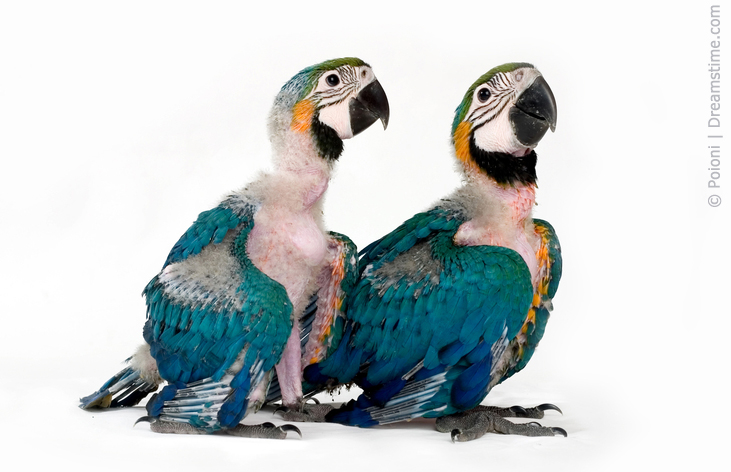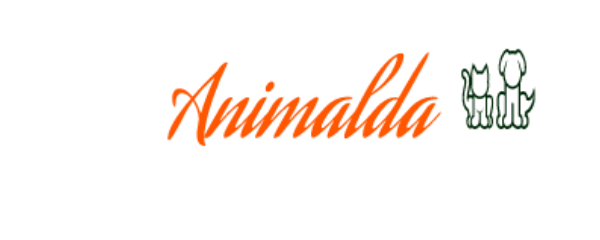Hand-feeding a baby’s macaw requires patience and proper technique. It is important to use a syringe and formula made specifically for macaws to ensure the baby is comfortable and secure during feeding.
Caring for a baby macaw can be a challenging yet rewarding experience. These intelligent birds require attention and care, including appropriate feeding methods. Hand-feeding a baby macaw is necessary when the parent birds cannot feed the chick or if the baby has been orphaned.
It is important to have the right equipment, including a syringe and specialized formula, and to follow proper techniques for feeding.
Additionally, establishing a routine and monitoring the baby’s progress is essential for their growth and development. A baby macaw can thrive and become a beloved pet with the right care and attention.

Credit: www.parrots.org
Introduction
Hand-feeding a baby macaw can be an intimidating experience, but with proper technique and knowledge, it can be a rewarding one. Feeding your baby’s macaw correctly is crucial to ensure its healthy growth and development. This article will cover the basics of hand feeding a baby macaw, including what equipment you’ll need, when to start feeding, and how often to feed.
Additionally, we’ll go over what to expect during the feeding process, including how to handle any problems that may arise, such as aspirating or crop stasis. So, let’s dive into the world of baby macaw hand feeding and learn the ins and outs of this essential practice.
Know Your Baby Macaw
Hand-feeding a baby macaw can be an incredibly rewarding experience, but it requires a deep understanding of their specific dietary and nutritional needs. First and foremost, establish a recommended feeding schedule that aligns with your macaw’s age and development stage.
Keep a close eye on your bird’s signs of hunger, fullness, and overall physical health as you feed them. This will enable you to adjust their diet as needed to ensure they get all the required nutrients. Remember, macaws have highly sensitive digestive systems, so avoiding feeding them fatty or processed foods is crucial.
By following these guidelines and closely monitoring your baby macaw’s diet, you can ensure they are healthy and happy for years.
How To Hand Feed Baby Macaws Like Their Parent (Catalina Macaw & BNG Macaw)
Preparing For Hand Feeding
Hand feeding a baby macaw can be an exciting yet challenging experience. To get started, ensure you have all the necessary equipment and supplies, including a syringe, thermometer, formula, and feeding utensils. Proper preparation and organization are key to success.
When mixing the formula, follow the instructions and use distilled water. Safety should be a top priority, so avoid feeding the baby bird while it’s lying down or allowing it to choke. Remember to clean all equipment thoroughly after each feeding.
With patience and dedication, hand feeding a baby macaw can be a rewarding experience for both you and the bird.
Step-By-Step Hand Feeding Process
Hand feeding a baby macaw requires proper handling and positioning of the bird to make it feel comfortable and safe. To get the baby macaw to open its beak, gently touch its beak with a clean finger or offer a small amount of food.
Once the macaw’s beak is open, use a syringe to feed the bird, filling its crop without causing any discomfort. It’s important to monitor the baby macaw’s weight and feeding schedule to ensure proper development and growth.
With patience and practice, anyone can successfully hand feed a baby macaw and provide it with the nutrition it needs to thrive.
Aftercare And Follow-Up
Hand feeding a baby macaw is a delicate process and requires aftercare and follow-up. Monitor the bird’s growth and keep track of weight gain to ensure it’s developing properly. Once the baby gains enough weight, it’s time to transition to solid foods.
Start by introducing small amounts, and gradually increase the quantity over time. Observe your bird’s reaction to the new food and make sure it’s digesting well. Always keep fresh water available, and avoid feeding it with foods that may be harmful to macaws, such as chocolate, avocados, and caffeine.
Finally, remember to be patient and gentle during feeding to ensure a happy and healthy bird.
Common Difficulties And Solutions
Hand feeding a baby macaw can be challenging, especially when difficulties arise. Common issues include overfeeding or underfeeding, improper formula mixing, and health complications. To troubleshoot, it is best to check for signs of illness, adjust formula consistency, and establish a feeding schedule.
In extreme cases or if symptoms persist, seek veterinary assistance immediately. Remember to provide a comfortable and warm feeding environment, use sterilized feeding utensils, and keep a clean and tidy workspace. With patience, persistence, and proper guidance, hand feeding a baby macaw can be a rewarding experience.
Frequently Asked Questions On How To Hand Feed A Baby Macaw
What Is The Best Age To Start Hand Feeding A Baby Macaw?
Hand-feeding a baby’s macaw should start after the bird has been hatched and has fully dried. Usually, these birds become ready for hand feeding after 3-4 weeks old.
How Long Should I Hand Feed A Baby Macaw?
Hand-feeding a baby macaw can take up to 3-4 months. Once the bird has started to eat on its own, gradually decrease the frequency of hand feeding.
What Should I Feed A Baby Macaw During Hand Feeding?
During hand feeding, baby macaws should be fed with a specially formulated mix of bird formula. Gradually introduce solid foods such as fruits, vegetables, and seed mix after 6-8 weeks old.
How Often Should I Hand Feed A Baby Macaw?
Baby macaws should be fed every 2-4 hours during the first 2 weeks of hand feeding. As the bird grows and starts eating on its own, it gradually decreases the frequency of hand feeding.
Conclusion
Feeding and caring for a baby macaw can be a challenging yet rewarding experience. Hand feeding and weaning the bird must be done with utmost care and attention to ensure that the bird receives appropriate nutrition and develops strong immunity.
Choose the right formula and feeding tools, and maintain good hygiene. As the macaw grows, gradually introduce a variety of healthy foods and ensure they have access to water at all times. Remember to give them plenty of love and attention as social creatures crave human interaction.
With patience, commitment, and the right resources, hand-feeding a baby macaw can be a fulfilling and enjoyable journey that creates a bond for a lifetime.
{ “@context”: “https://schema.org”, “@type”: “FAQPage”, “mainEntity”: [ { “@type”: “Question”, “name”: “What is the best age to start hand feeding a baby macaw?”, “acceptedAnswer”: { “@type”: “Answer”, “text”: “Hand feeding a baby macaw should start after the bird has been hatched and has fully dried. Usually, these birds become ready for hand feeding after 3-4 weeks old.” } } , { “@type”: “Question”, “name”: “How long should I hand feed a baby macaw?”, “acceptedAnswer”: { “@type”: “Answer”, “text”: “Hand feeding a baby macaw can take up to 3-4 months. Once the bird has started to eat on its own, gradually decrease the frequency of hand feeding.” } } , { “@type”: “Question”, “name”: “What should I feed a baby macaw during hand feeding?”, “acceptedAnswer”: { “@type”: “Answer”, “text”: “During hand feeding, baby macaws should be fed with a specially formulated mix of bird formula. Gradually introduce solid foods such as fruits, vegetables, and seed mix after 6-8 weeks old.” } } , { “@type”: “Question”, “name”: “How often should I hand feed a baby macaw?”, “acceptedAnswer”: { “@type”: “Answer”, “text”: “Baby macaws should be fed every 2-4 hours during the first 2 weeks of hand feeding. As the bird grows and starts eating on its own, gradually decrease the frequency of hand feeding.” } } ] }



